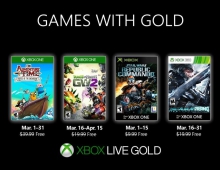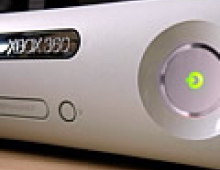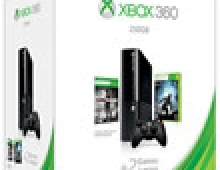
Microsoft, Sony to Challenge Nintendo for Casual Gamers
New gaming products from Sony and Microsoft are poised to challenge Nintendo in the world of console gaming, according to iSuppli Corp.
Although the best-selling Wii allowed Nintendo to attain a 43 percent market share in game console unit shipments during 2009, Sony and Microsoft hope to provide fierce competition later this year, said Pamela Tufegdzic, analyst for consumer electronics at iSuppli.
"Sony's Move motion-sensing controller, as well as Microsoft's Project Natal, will breathe new life into the console market," Tufegdzic remarked. "Both companies hope to broaden the gaming audience by targeting the larger casual market - which will give Sony and Microsoft a stake in the ground toward this highly-sought-after area."
The two companies plan to release their new motion game play around the holiday season of 2010 with solutions that are compatible with their current-generation gaming consoles, she said.
Because the motion technologies will work with the current generations of Sony's PlayStation 3 and Microsoft' s Xbox 360, users do not need to buy new consoles to take advantage of these features. As a result, iSuppli expects the overall console market in 2010 to experience only slight growth in unit shipments, with a 2.2 percent increase. Overall shipments will rise by only 4.4 percent in 2011, Tufegdzic noted.
However, the long-term impact of Move and Project Natal on the game console market will elongate the lifespan of current-generation consoles while giving gamers something more to chew on as they wait for the next-generation models to hit the market, expected sometime in the late 2011 to 2012 timeframe, said Tufegdzic.
With the Sony PlayStation Move, users' actions are picked up in multiple dimensions rather than just detected from left-to-right motions. In addition, Sony has added a glowing sphere to the Move controller that pinpoints the user's exact location in the room, and is used in conjunction with the PlayStation Eye camera. The video capture then tracks video game movements, putting the user directly in the game with added voice activation - something the Wii does not do.
Microsoft says Project Natal likely will consist of a 9-inch-wide horizontal bar, comprising an infrared projector combined with a monochrome CMOS sensor, allowing the sensor to see in 3-D under any ambient light conditions.
The motion-sensing controller will be able to adjust to the environment around the player so that the game play isn't compromised. Microsoft also says the software technology allows for advanced gesture recognition, facial recognition and voice recognition. At the 2009 E3 gaming conference, Microsoft demonstrated how Project Natal uses skeletal mapping technology to enable 48 skeletal points on a human body at a frame rate of 30Hz.
"Sony's Move motion-sensing controller, as well as Microsoft's Project Natal, will breathe new life into the console market," Tufegdzic remarked. "Both companies hope to broaden the gaming audience by targeting the larger casual market - which will give Sony and Microsoft a stake in the ground toward this highly-sought-after area."
The two companies plan to release their new motion game play around the holiday season of 2010 with solutions that are compatible with their current-generation gaming consoles, she said.
Because the motion technologies will work with the current generations of Sony's PlayStation 3 and Microsoft' s Xbox 360, users do not need to buy new consoles to take advantage of these features. As a result, iSuppli expects the overall console market in 2010 to experience only slight growth in unit shipments, with a 2.2 percent increase. Overall shipments will rise by only 4.4 percent in 2011, Tufegdzic noted.
However, the long-term impact of Move and Project Natal on the game console market will elongate the lifespan of current-generation consoles while giving gamers something more to chew on as they wait for the next-generation models to hit the market, expected sometime in the late 2011 to 2012 timeframe, said Tufegdzic.
With the Sony PlayStation Move, users' actions are picked up in multiple dimensions rather than just detected from left-to-right motions. In addition, Sony has added a glowing sphere to the Move controller that pinpoints the user's exact location in the room, and is used in conjunction with the PlayStation Eye camera. The video capture then tracks video game movements, putting the user directly in the game with added voice activation - something the Wii does not do.
Microsoft says Project Natal likely will consist of a 9-inch-wide horizontal bar, comprising an infrared projector combined with a monochrome CMOS sensor, allowing the sensor to see in 3-D under any ambient light conditions.
The motion-sensing controller will be able to adjust to the environment around the player so that the game play isn't compromised. Microsoft also says the software technology allows for advanced gesture recognition, facial recognition and voice recognition. At the 2009 E3 gaming conference, Microsoft demonstrated how Project Natal uses skeletal mapping technology to enable 48 skeletal points on a human body at a frame rate of 30Hz.




















